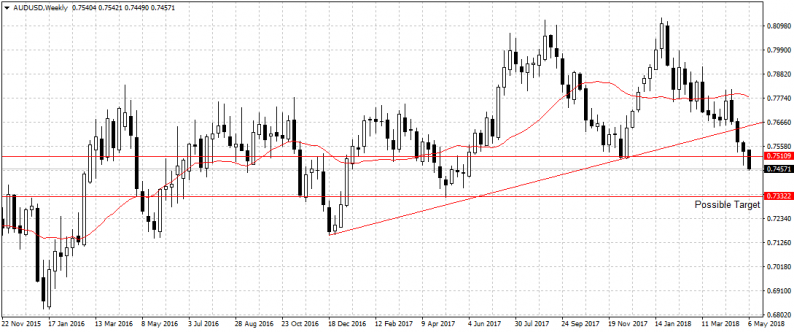Australia’s retail sector failed to sustain growth in March after better than expected sales number in February.
According to the Australian Bureau of Statistics (ABS), retail sales were flat in the month, below the 0.2 percent projected by economists. Suggesting that the 0.6 percent recorded in February might be as a result of the surge in the number of Chinese tourists visiting during the month.
However, despite the weak monthly sales, retail sales rose by 0.2 percent to 3.2 percent year-on-year, from 3.2 percent recorded in February, the fastest since July 2017.
The report also showed only the sales of food items surged by 0.7 percent in March, while other industries fell.
“Cafes, restaurants, and takeaways, at 0.8%, led the falls, but other retailing (0.6%), household goods retailing (0.3%), department stores (0.5%) and clothing, footwear and personal accessory retailing (0.2%) also fell,” said Ben James, ABS Director of Quarterly Economy Wide Surveys.
With the economy growing at a slower pace than expected and consumer prices still below the Reserve Bank of Australia’s projection, the economy may continue to struggle in the near term especially with the U.S. likely to raise interest rates in June and wage growth remaining weak despite continuous job creation.
Therefore, validating the reason the Reserve Bank of Australia left interest rate at a record low of 1.5 percent to support job creation, and eventually boost wage growth and stimulate consumer spending.
The Australian dollar fell against the U.S. dollar to 0.7457 as projected in April. This week we remain bearish on the Australian dollar and will expect the weak Australian economic fundamentals to further weigh on the AUDUSD pair and push it towards consumer prices.














Leave A Comment